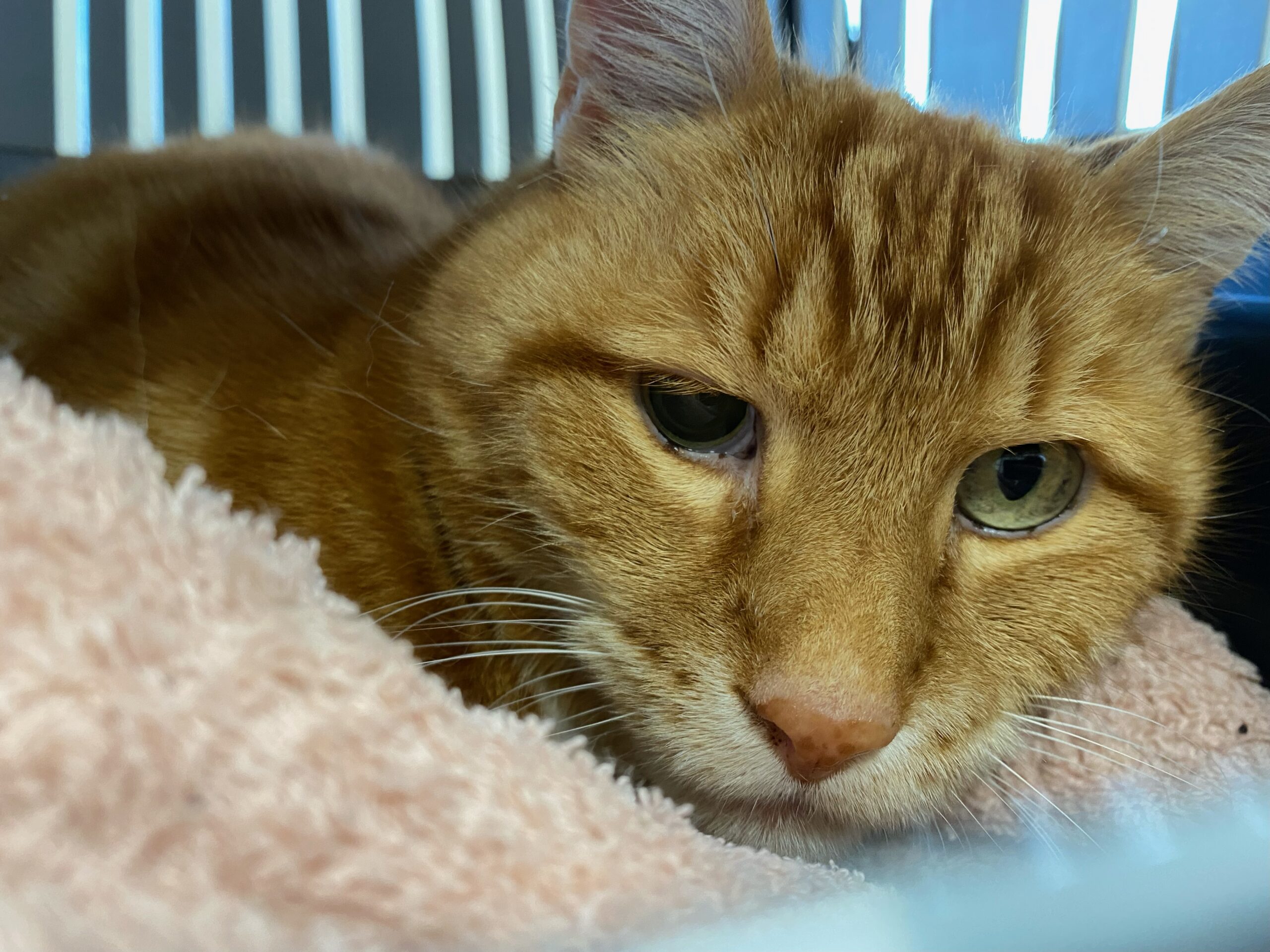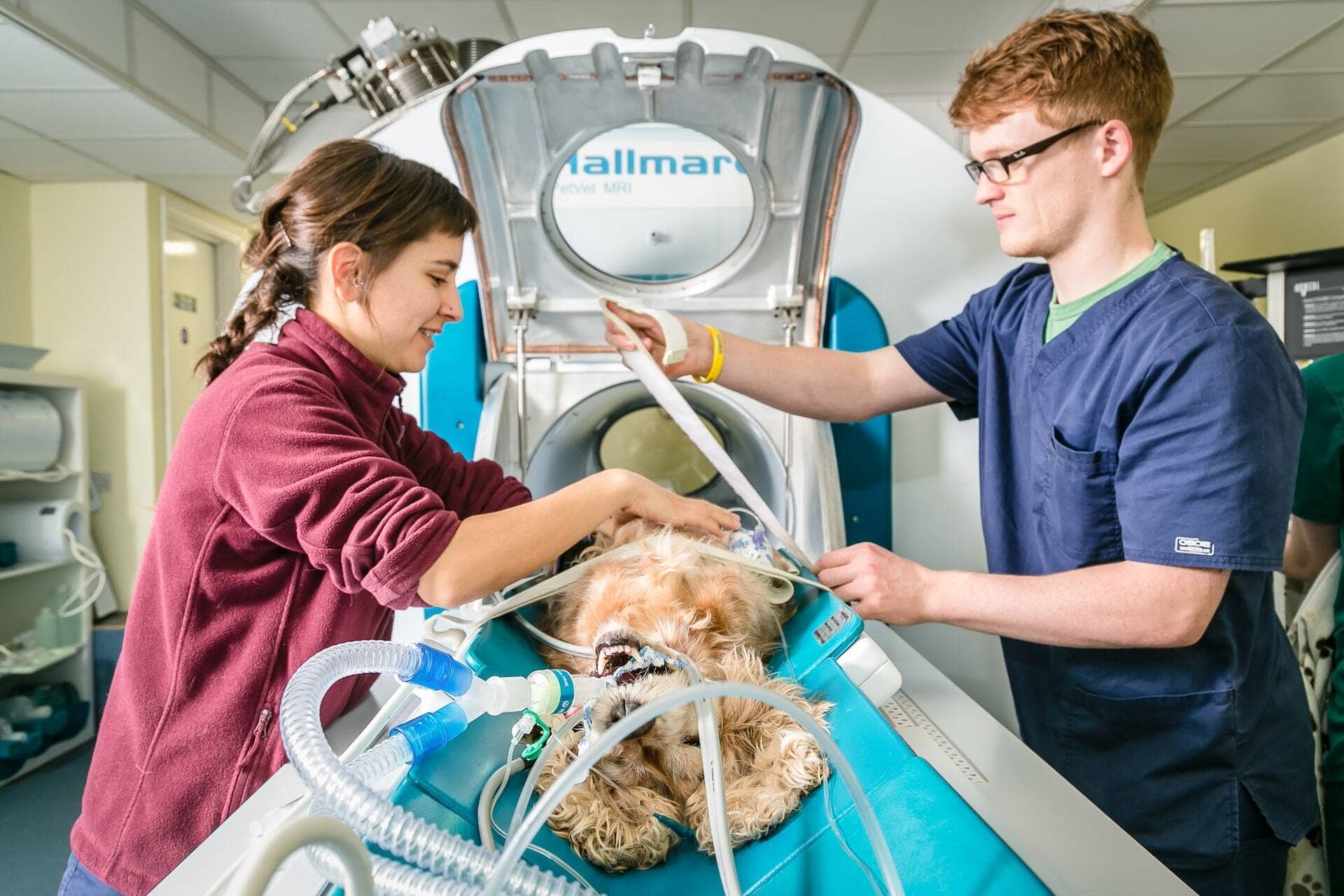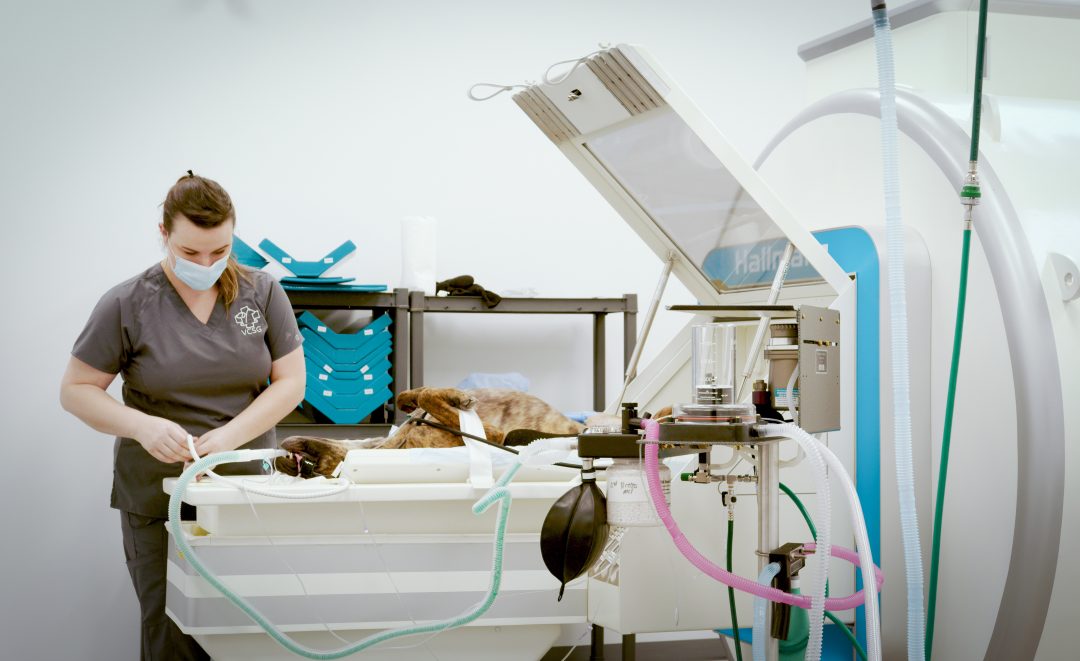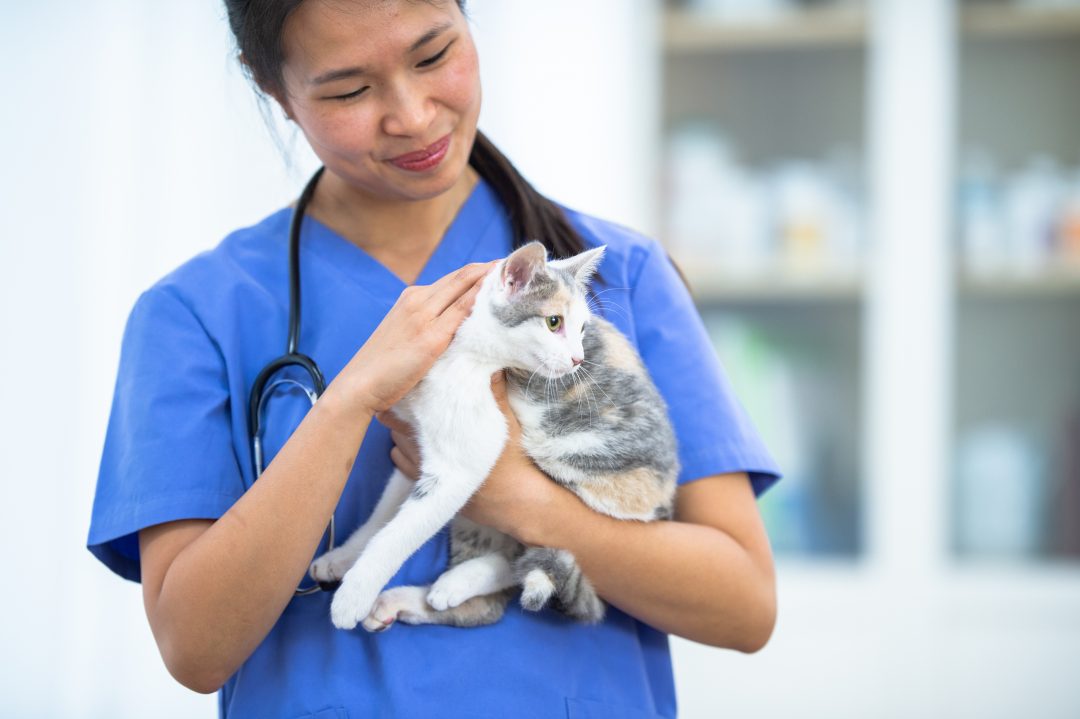In the ever-evolving landscape of veterinary medicine, the incorporation of advanced diagnostic tools has become instrumental in enhancing the quality of care for our beloved pets. Magnetic Resonance Imaging (MRI), a technology commonly associated with human medicine, is increasingly finding its place in the veterinary realm. However, the question that looms large for both veterinary professionals and pet owners alike is can the expense of MRI for dogs and cats can be justified.
Hallmarq’s Small Animal Medical Director, Dr. Simon Platt, delves into the rationale behind this diagnostic investment, addressing both the scientific perspective within the veterinary community and the concerns of pet owners.
The Diagnostic Precision of MRI
One of the primary justifications for the use of MRI in veterinary medicine is its unparalleled ability to provide detailed images of soft tissues, joints, and the nervous system. While traditional imaging methods, such as X-rays, offer valuable insights into bones and some soft tissues, MRI allows for a comprehensive examination of organs, muscles, ligaments, the spinal cord, and the brain. This level of diagnostic precision can be crucial in identifying and characterizing complex conditions that may otherwise remain elusive.

Fig. 1: Clinical examination suggested that this 3-year-old cat diagnosed with a dilated pupil (mydriasis), was not suffering from a disease affecting the eye itself, but that the condition was related to a disease of the brain. A rapid understanding of the cause can be identified with MRI to avoid unnecessary treatment attempts and improve the situation with early medical intervention.
Advancements in Treatment Planning
For the veterinarian, the information garnered from an MRI scan goes beyond mere diagnosis. It serves as a roadmap for effective treatment planning. Veterinarians can pinpoint the exact location and in some cases, the expected pathology, enabling them to tailor treatment strategies with unprecedented accuracy. This not only improves the chances of successful outcomes but also minimizes the need for exploratory procedures. The result is a reduction of the overall stress on the patient.
Cost-Effectiveness in the Long Run
While the initial expense of an MRI scan may seem daunting, the long-term cost-effectiveness must be considered. Prompt and accurate diagnosis facilitated by MRI can lead to more targeted interventions, potentially decreasing the overall duration and intensity of treatment. Additionally, the ability to identify and address issues early on may prevent the development of an untreatable progression of disease, or secondary complications, further mitigating healthcare costs over the pet’s lifetime.
Enhanced Animal Welfare
From the perspective of pet owners, the consideration of MRI expenses is often intertwined with a deep sense of responsibility and love for their furry companions. Investing in advanced diagnostics is not just about monetary cost; it is about ensuring the best possible quality of life for their pets. The emotional value of knowing the precise condition affecting their animal’s health can be immeasurable, fostering a sense of empowerment and reassurance.
Fig. 2: A 6-year-old mixed-breed dog was treated with anti-inflammatory medications and pain relief for recurrent back pain. The large dog was difficult to radiograph but the images were interpreted as possible disc disease. After the onset of progressive weakness in the hind limbs, an MRI confirmed an infectious disease (discospondylitis) which required specific antibiotic therapy. Happily, the dog made a complete recovery.

Informed Decision-Making for Pet Owners
Educating pet owners about the benefits of MRI is crucial in fostering understanding and acceptance of the associated costs. By providing a clear picture of how this advanced diagnostic tool contributes to a more accurate diagnosis and tailored treatment plan, veterinarians empower pet owners to make informed decisions about their pet’s healthcare. It should also be remembered that the cost of MRI is often covered by many pet insurance companies, who also recognize the value of early and accurate diagnosis.
Conclusion
In the dynamic landscape of veterinary medicine, the integration of MRI into routine diagnostic protocols for dogs and cats is a reflection of the commitment to advancing animal healthcare. While the expense of MRI may be a consideration, its benefits in terms of diagnostic accuracy, treatment planning, long-term cost-effectiveness, and improved animal welfare justify the investment. Bridging the gap between veterinarians and pet owners through education is crucial in ensuring that this powerful diagnostic tool becomes an accessible and accepted aspect of modern veterinary care.
INTERESTED IN VISIONARY VETERINARY IMAGING?





